Types of Cameras for Photography
- Compact Digital Cameras
- Digital SLR Cameras
- Mirrorless Cameras
- Action Cameras
- 360 Cameras
- Film Cameras
Compact Digital Cameras
Compact digital cameras literally allow anyone to capture beautiful images by simply pointing the camera at the subject and clicking the shutter. Also known as a point-and-shoot camera, it is the most user-friendly of all camera types. It is smaller and lighter, doesn’t require film or extra lenses, and does all the hard work of automatically adjusting its settings to deliver well-exposed photos every time. You won’t have the freedom of adjusting the settings to your liking, but with a good artistic eye and a knack for composition, you should have no problem producing great photos.
This walk-around digital camera is incredibly handy and surprisingly very durable, which is why you’ll probably still see people using their Canon and Sony digital compact cameras from over a decade ago. It fits right in your pocket or a small camera pouch, so it’s the perfect choice for photography enthusiasts who want to have the convenience of being able to take higher resolution snapshots (compared to most smartphone cameras) whenever, wherever.
Pros:
- Very user-friendly
- Light and compact
- No need for film or extra lenses
- Full auto mode
- More affordable
Cons:
- Usually can’t customize shutter speed and aperture
- Limited aperture and zoom range
- Noisier photos due to small sensor
- Lower resolution
- Slower focus
Digital SLR Cameras
DSLR (or digital single lens reflex) cameras take photos to the next level of image quality. This more “serious” type of camera is best known for delivering remarkably sharp and spectacular images, with beautiful background bokeh, and even high resolution videos with the help of their advanced sensors, manual settings, and wide range of interchangeable lenses.
Today, professional photographers and videographers from around the world mostly use DSLRs (now alternatively known as hybrid single reflex lens cameras or HDSLR) for commercial purposes. Many of Canon’s and Nikon’s DSLR cameras are being used for capturing hi-res images for magazines and billboards, and even full HD 1080p videos at up to 60fps for television shows and movies.
Pentax DSLRs are also well-known for being the perfect camera buddy for shooting under the most difficult weather situations.
While they are considered high-end, there are more affordable entry-level DSLRs for beginners. They are suitable for almost every kind of photography out there, so literally anyone—from hobbyists to event and sports photographers—can opt for this type of camera.
While they are considered high-end, there are more affordable entry-level DSLRs for beginners. They are suitable for almost every kind of photography out there, so literally anyone—from hobbyists to event and sports photographers—can opt for this type of camera.

There are two types of DSLRs: the full-frame or 35mm, and the crop sensor or APS-C.
A full-frame DSLR camera has a 36x24mm sensor, which typically yields better image quality and low-light capability. They also tend to be more expensive than their crop sensor counterparts, which covers less of the image projected by the lens due to the smaller sensor.
Pros:
- Fully customizable settings
- Large sensors for cleaner images
- Optical viewfinder
- High-resolution photo output
- Full HD to UHD video output
- Wide variety of camera body and lens choices
Cons:
- Bigger and bulkier
- Higher cost
- Requires ample know-how
Mirrorless Cameras
Mirrorless cameras are the latest in professional cameras—they are basically more compact DSLRs without the internal mirror that reflects light onto the sensor.
What’s interesting about mirrorless cameras is that they are now capable of capturing incredible, high-resolution images with even faster shutter speeds and record ultra HD videos that only the most expensive, higher-end DSLRs can produce.

The main reason why many still prefer DSLRs, however, is that they have access to a bigger collection of lenses. However, mirrorless cameras are great investments considering their growing collection of lenses.
Overall, it’s a combination of two popular types of digital cameras—a point-and-shoot for its compact size and somewhat simpler controls, and a DSLR for its interchangeable lenses and impressive output.
Read this to learn more about the differences between a mirrorless and a DSLR camera: Mirrorless vs. DSLR: How Do They Compare?
Similar to the DSLR, mirrorless cameras also come in two types: full-frame and crop sensor. There aren’t many full-frame mirrorless cameras on the market at the moment, but if you’re a professional shooter who’s interested in one, check out some of the premium offerings from Sony and Leica here at Adorama.
Pros:
- Electronic viewfinder
- Smaller and lighter
- Simpler operation and controls
- Faster and better for video
- Higher video quality even in lower-end models
- Shoots more images at faster shutter speeds
Cons:
- Shorter battery life
- Slower autofocus
- Fewer lenses and accessories
Action Cameras
We’ve definitely seen the abundance and rising popularity of action cameras in the past few years, and it’s not hard to see why. Common action cameras like the GoPro can fit in the palm of your hand, but they’re some of the most durable and versatile types of digital cameras that offer very high-resolution output.
A wide range of accessories like waterproof housing and mounts allow the user to attach action cameras to helmets, bicycles, and even drones, which enable hands-free shooting in different types of situations. This opens up a whole new world of photographic possibilities, as this type of camera allows you to capture impressive wide-angle photos and videos with sound from almost any angle and environment, whether underwater or on top of a mountain.

If you’re the adventurous or sporty type and simply want to take breathtaking photos and videos that will “take you back” to those moments, action cameras are for you.
Pros:
- Rugged and compact
- Lightweight
- Versatile and mountable on almost any surface
- Remote view and shutter via smartphone
Cons:
- Viewfinder too small, if available
- Exposure settings not fully customizable
- Fixed focus
- Limited digital zoom
360 Cameras
The 360-degree camera takes half dome to full-circle panoramic photos and videos using back-to-back lenses. Like action cameras, some of them are also water resistant and mountable on many surfaces, such as on top of cars, helmets, or drones. Above all, they take the most realistic pictures and videos with stunning panoramic views that you can truly immerse yourself in, virtual reality style.
It’s a very good camera choice for taking vacation photos that you can proudly show off to your loved ones and on social media. After all, we still can’t get enough of this new Google Streetview-style photography and videography. However, because of its non-traditional output, images cannot be printed unless they are cropped as a rectangular panoramic frame.
It can also be a challenge to produce perfect panoramic shots because a lot can go wrong with the image stitching and composition (especially since it’s hard to hide the camera director in the shots). But when it works, the results can be truly exceptional.
While mostly geared toward hobbyists, professional photographers can also benefit from this type of camera if they wish to create highly unique, immersive digital photos that allow them to capture a certain scene from all angles.
Pros:
- Small and lightweight
- Versatile and mountable on almost any surface
- Takes very realistic 360-degree photos and videos
- Allows live view or streaming
Cons:
- Lower resolution output
- Sensitive to camera shake and blurring
- Fixed focus
- Limited digital “pinch” zoom, if available
- Can be challenging to frame shots
- For digital viewing only
Film Cameras
Film cameras may seem outdated in our new digital world, but they are by no means obsolete.
Today’s film cameras provide more artistic output than ever before. Much to the delight of film photography enthusiasts, there are still classic 35mm film cameras being sold today with improved bodies and enhanced capabilities.
The younger generation has learned to love film cameras, thanks to the birth of instant and lomography cameras, which produces (and sometimes prints out) vintage-style photos with vignettes and Instagram-style “filters” with every click of the shutter. Rangefinder cameras, which manually measure subject distance, have been improved while retaining the vintage body and analog settings.
Medium format film cameras provide an even bigger surface frame (up to 4 times bigger than the usual 35mm, but smaller than large format) and is widely-used by gallery artists for its capability to develop huge prints without losing image quality and to capture natural-looking, wide-angle shots as our eyes actually see them in the real world.
Film cameras obviously require more hard work in achieving your desired images, but they are loved for their unmatched ability to produce gorgeous, artistic photos that are great for galleries and photo albums.
Pros:
- Image resolution and size (for medium and large format)
- Beautiful, artistic photos
- Vintage-looking hardware
- Cheap, good quality lenses
Cons:
- Analog settings
- Expensive and recurring film cost
- No internal light meter
- Risk of parallax, focus, and exposure errors
Content Source:
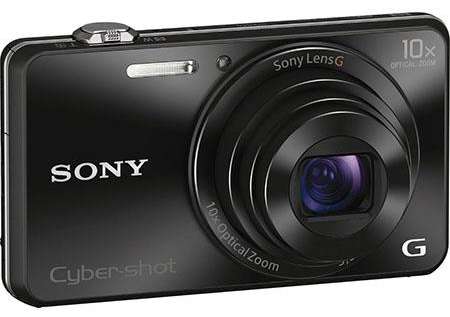
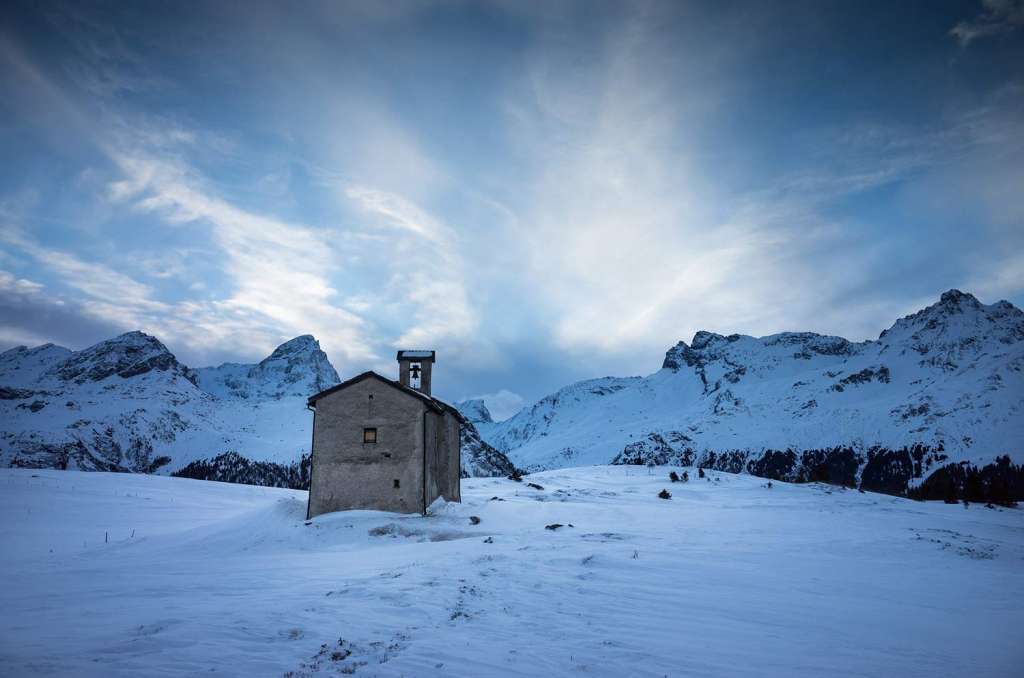
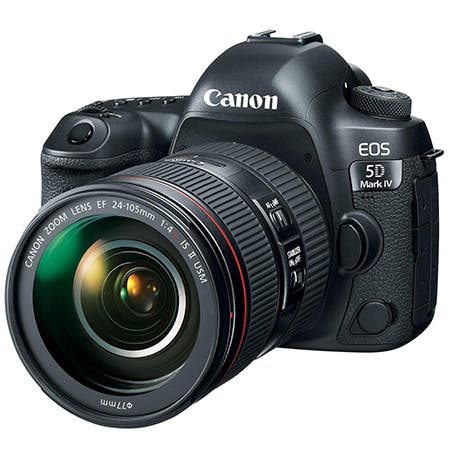
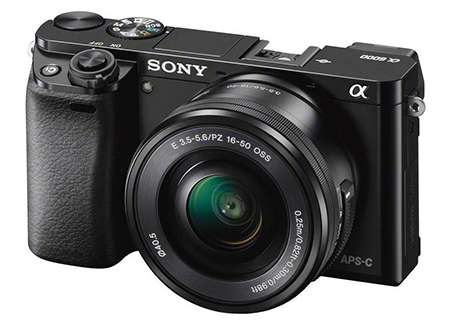
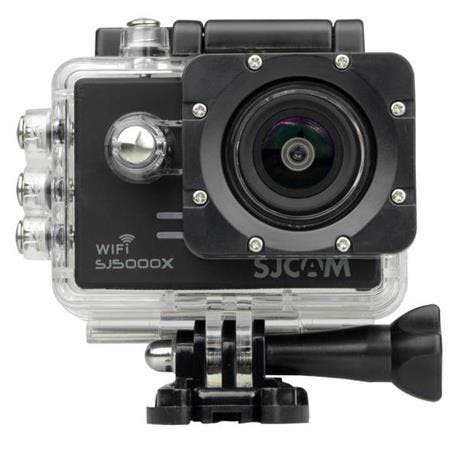
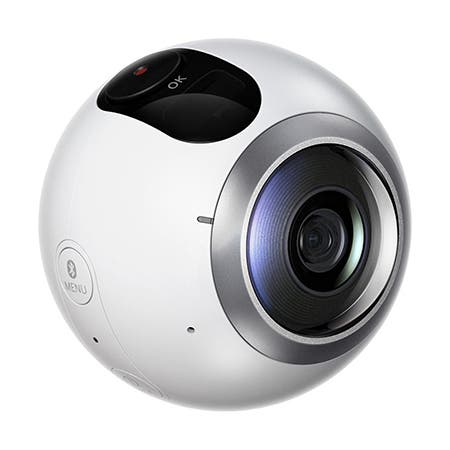
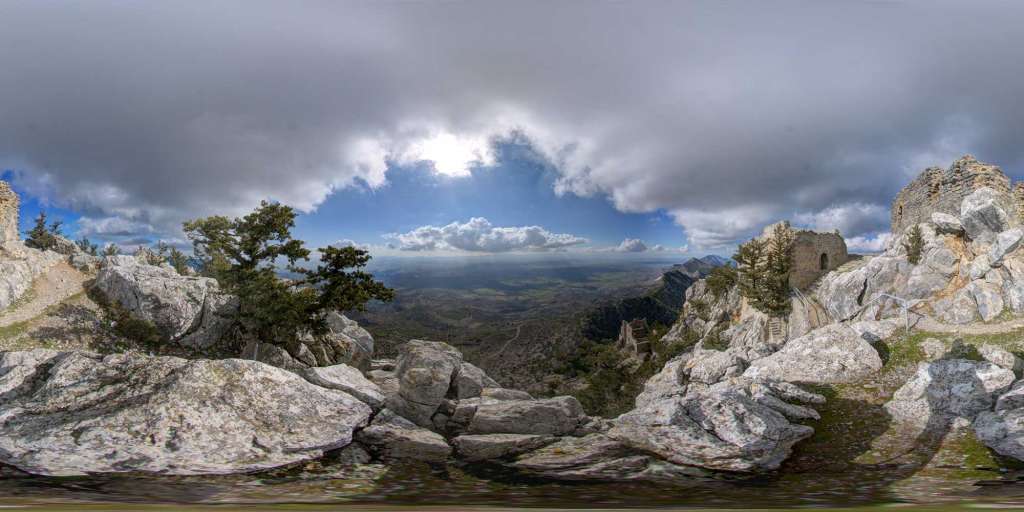
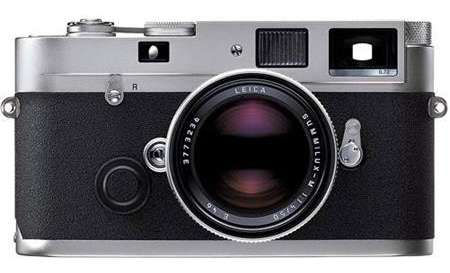


No comments:
Post a Comment